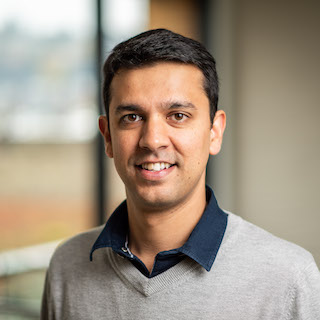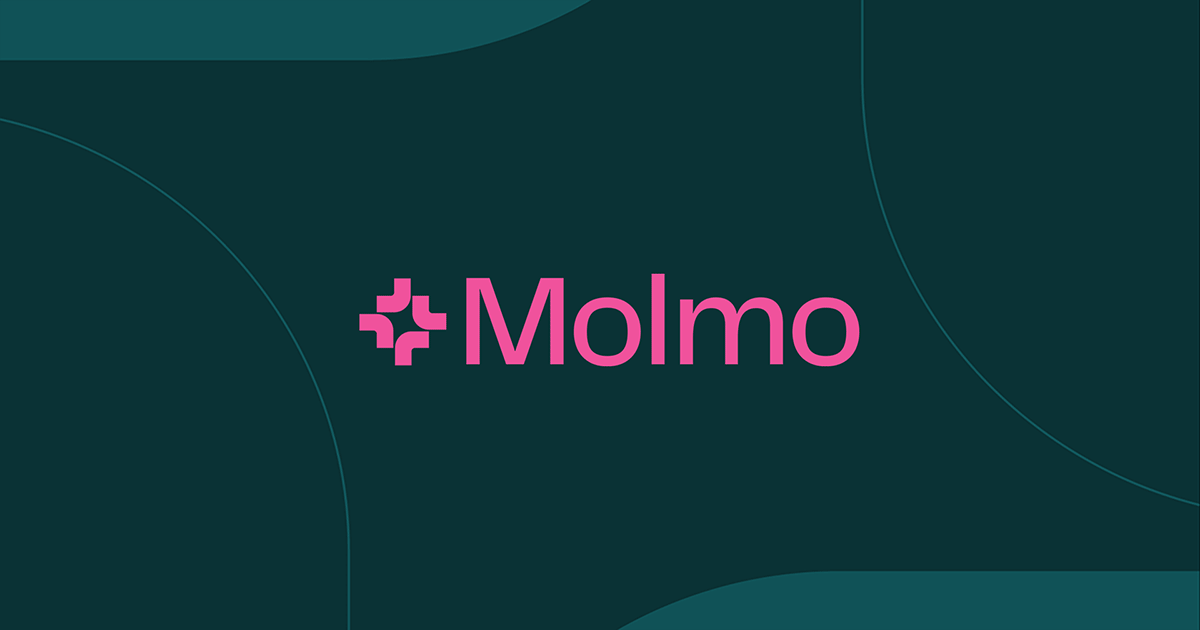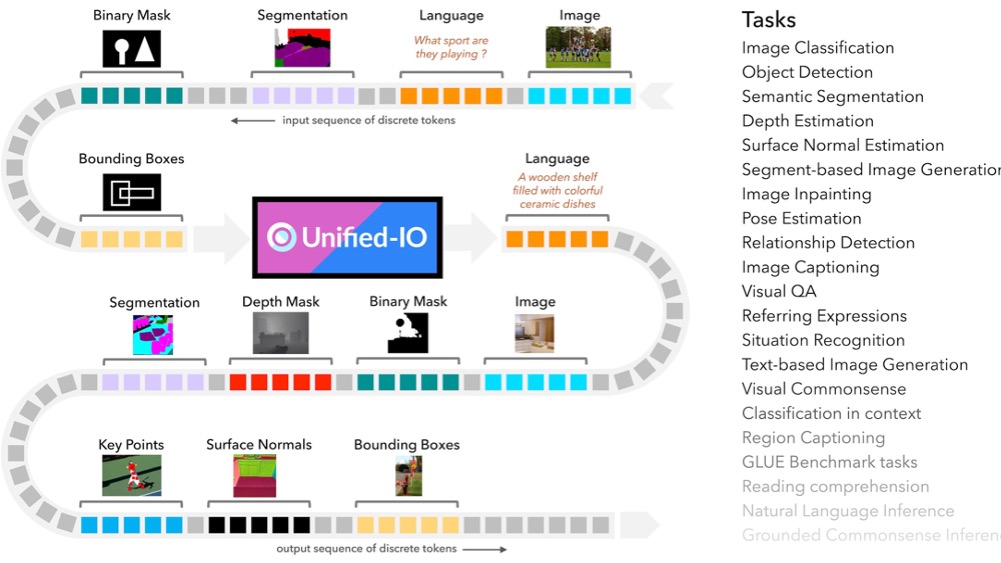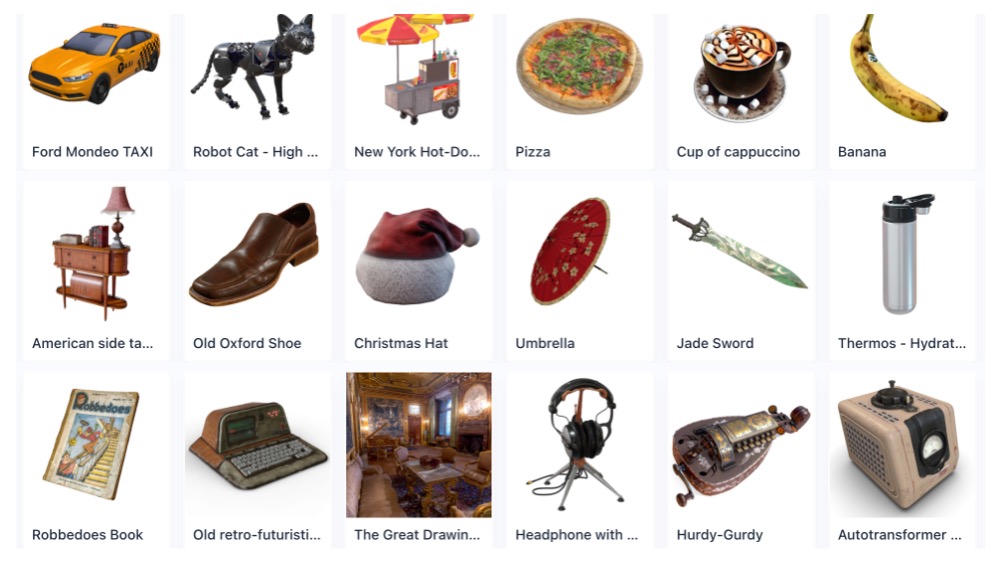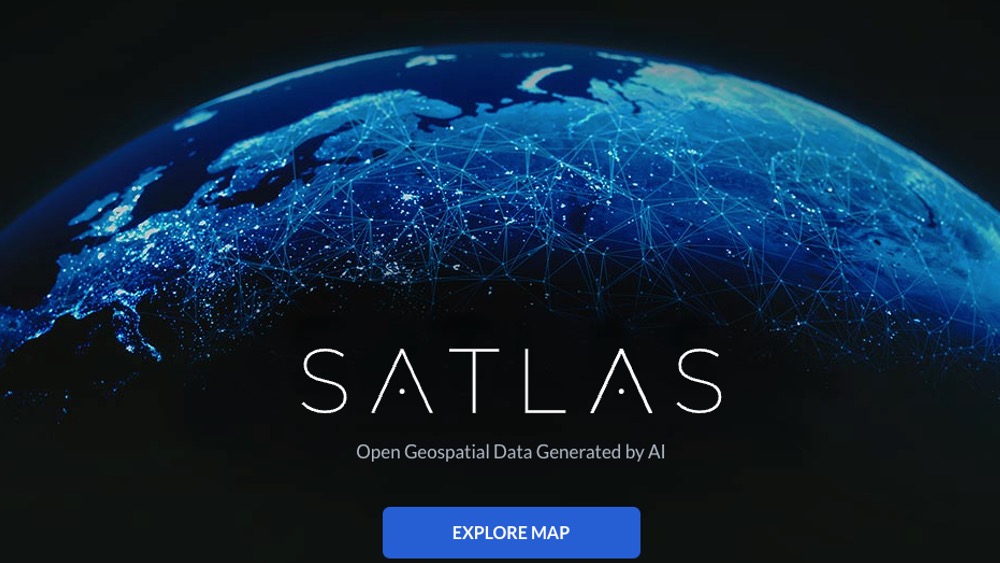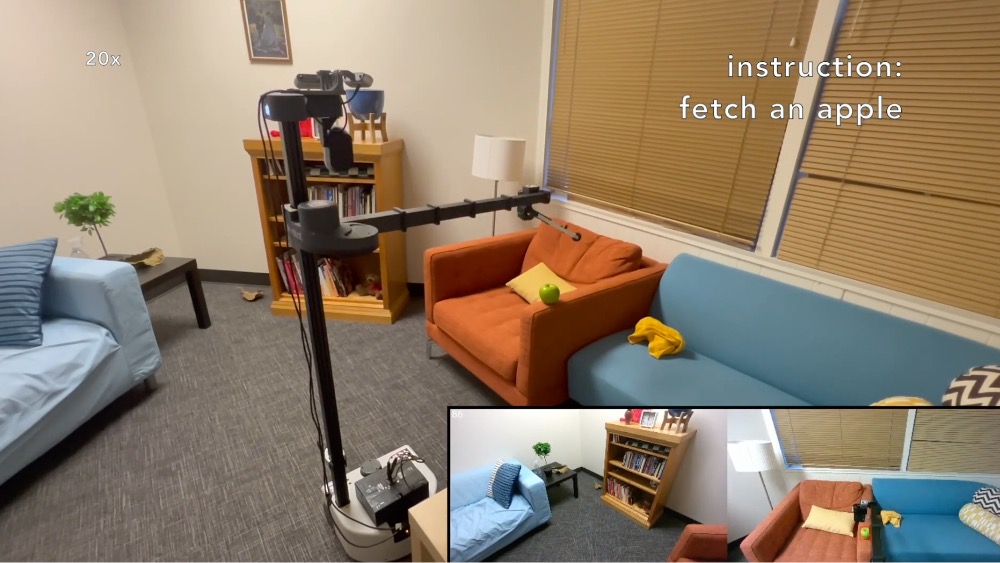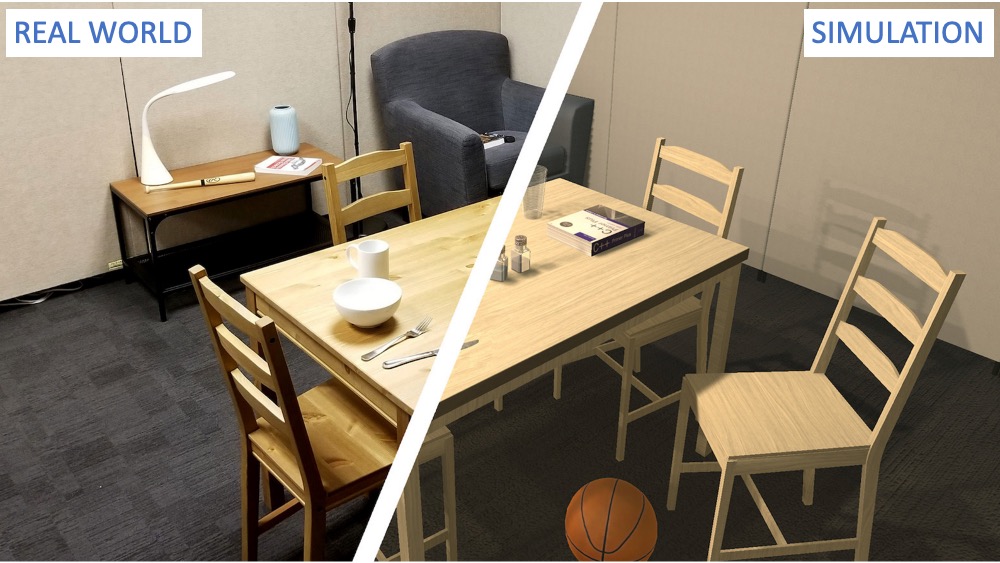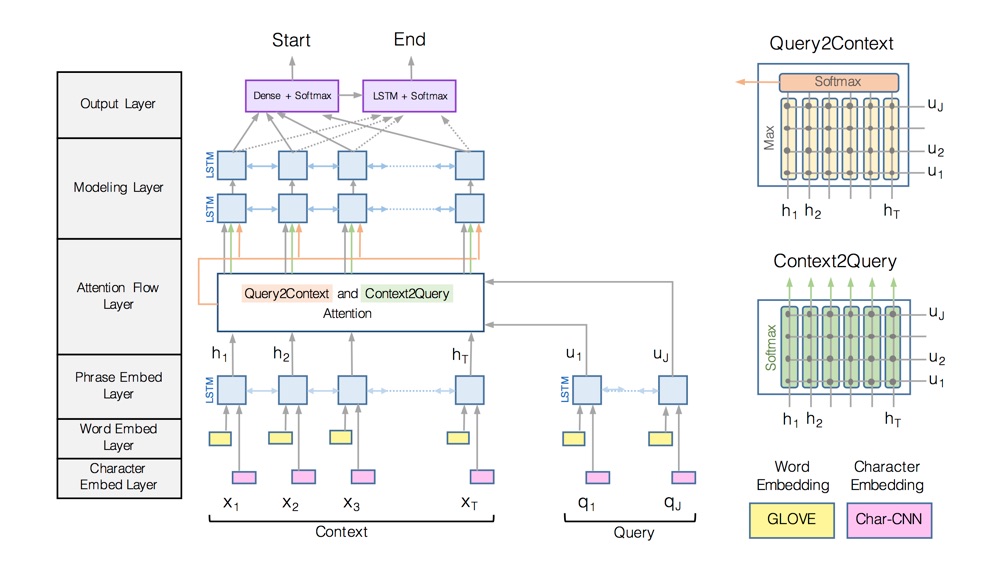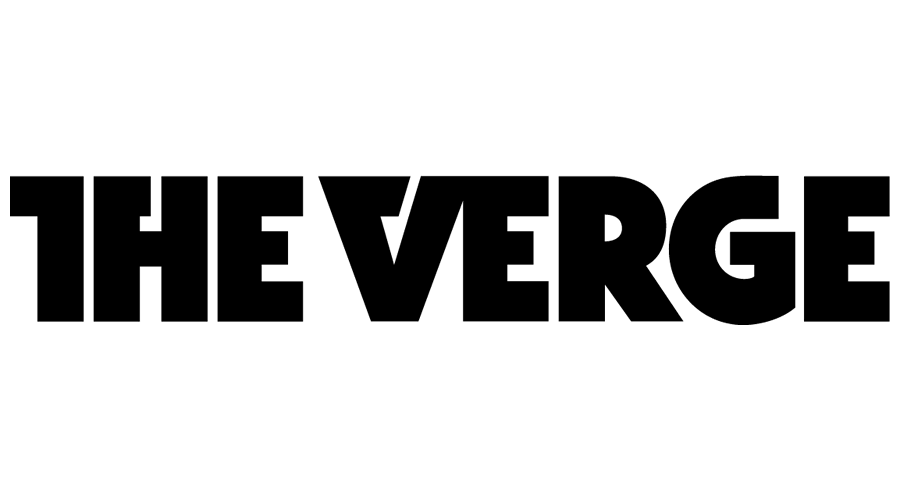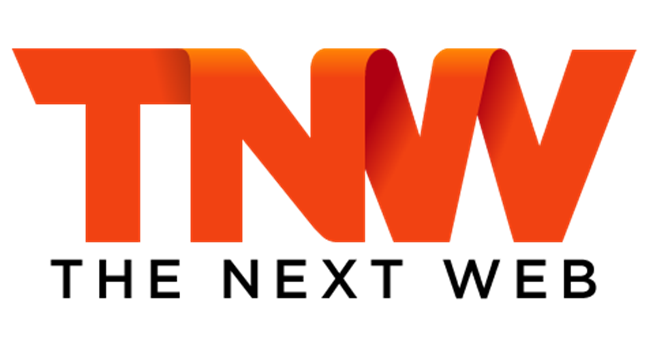I am the Director of Science Strategy at Wayve AI in London, UK.
Previously, I was the Senior Director of Computer Vision at the Allen Institute for AI (AI2) in Seattle. I am also an Affiliate Associate Professor at the Computer Science & Engineering department at the University of Washington.
I enjoy building and deploying AI applications for users to interact with. My work over two decades spans computer vision, robotics and natural language processing.
At AI2, my teams spent a considerable amount of time and effort to make our work publicly available and easily accessible, so that others may analyze our work, replicate it and build upon it. This included open sourcing and maintaining software, building live demos as well as collecting and releasing benchmarks to evaluate AI systems.
I got my Ph.D. at the University of Maryand, College Park under the supervision of Prof. Larry S. Davis, and also spent five years at Microsoft working in Image and Video Search.
I grew up in the city of Pune in the Western part of India -- tinkering with robots, watching cricket and rowing at my college boat club.
Google Scholar
